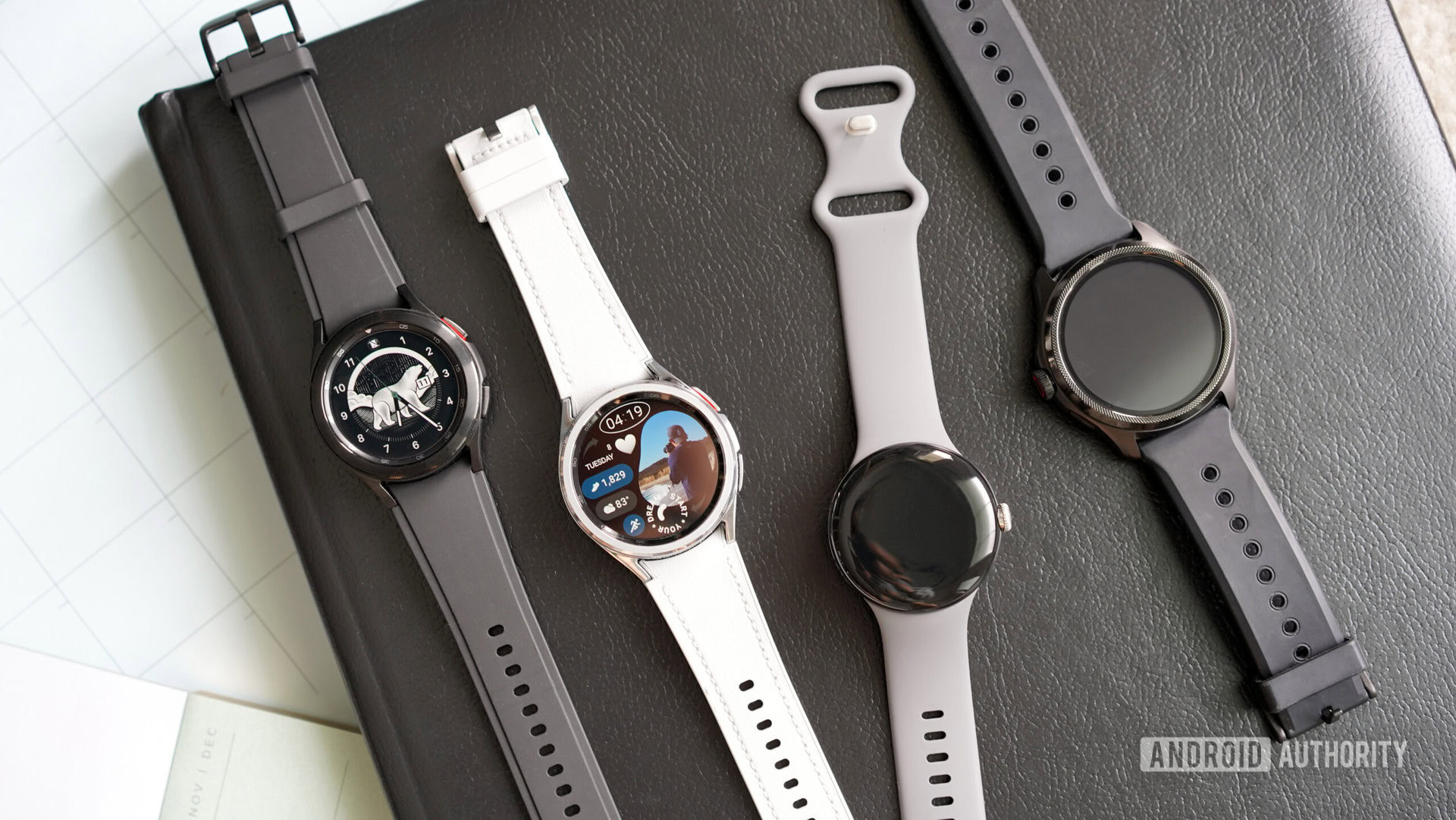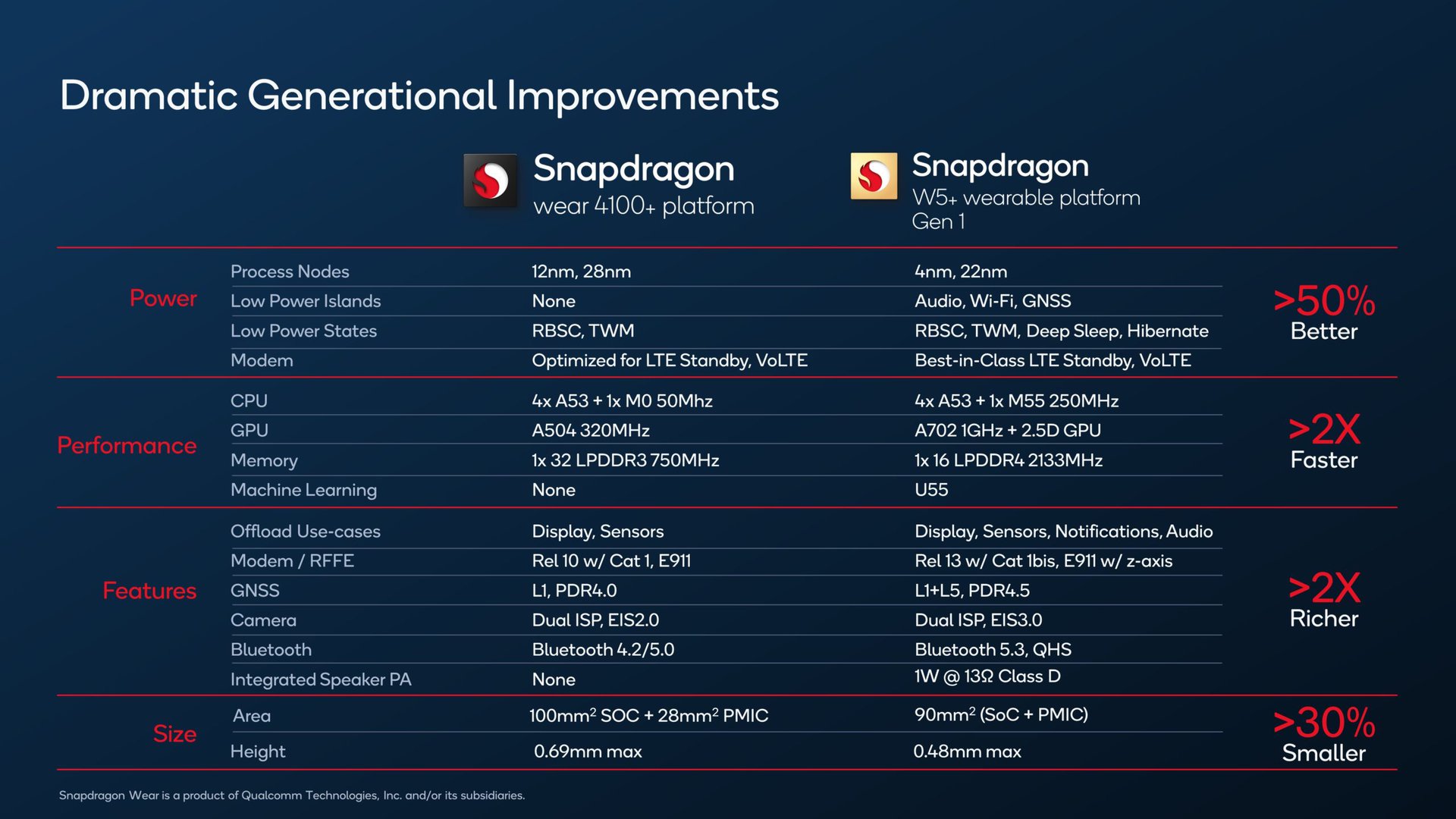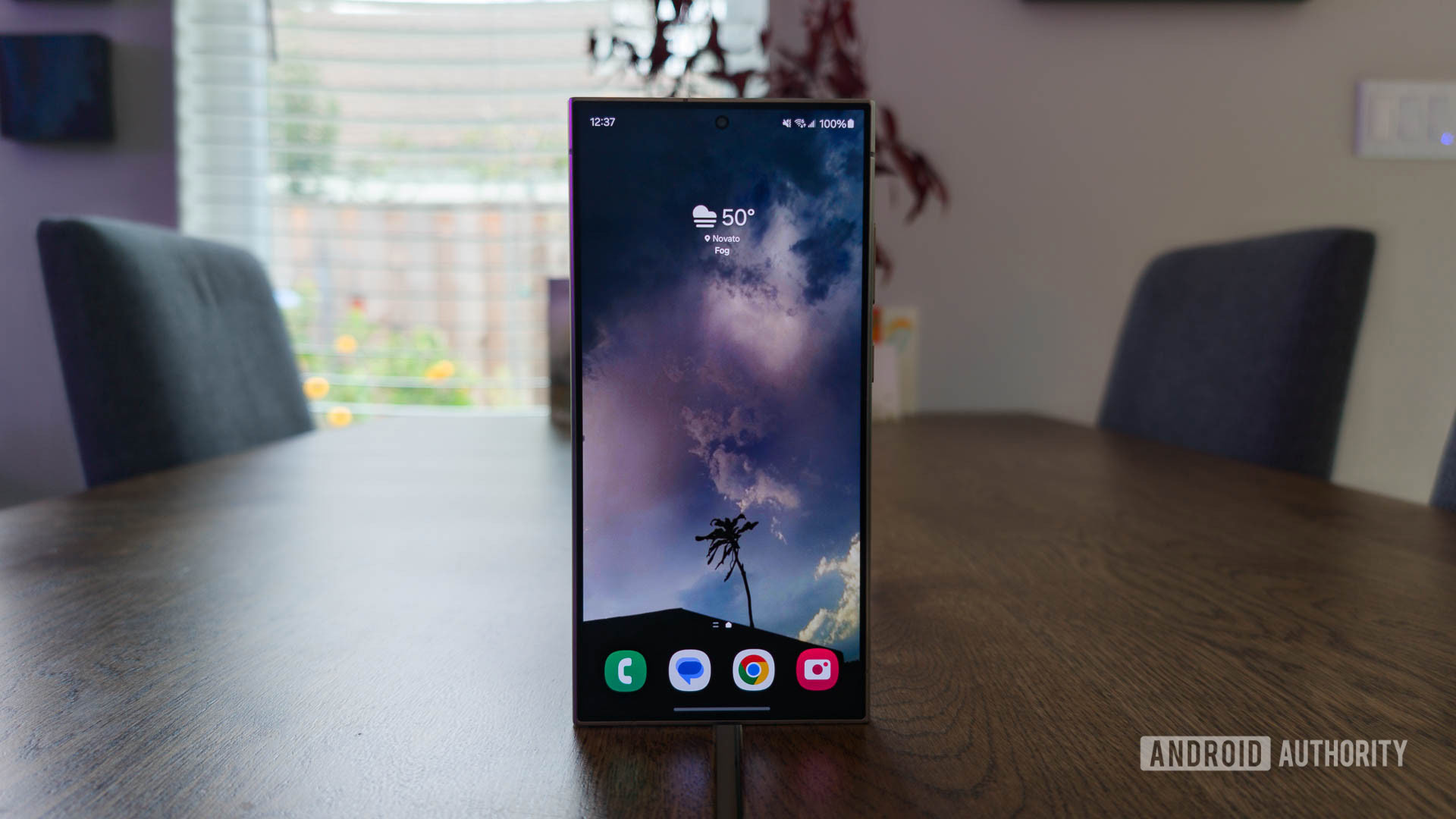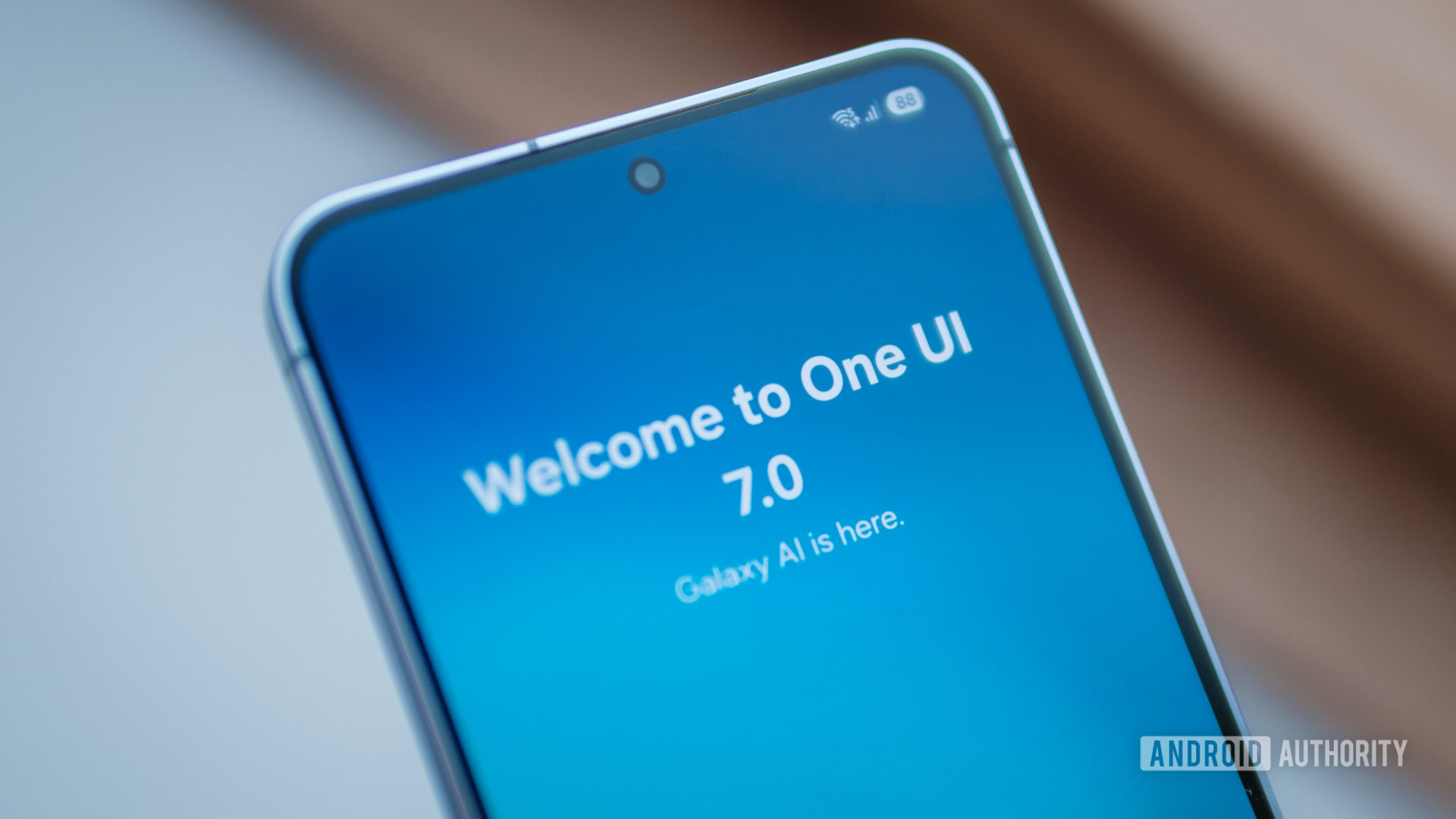
Kaitlyn Cimino / Android Authority
TL;DR
- Masimo has announced collaborations with Google and Qualcomm to build a Wear OS reference platform.
- This reference platform will feature the Snapdragon W5 Plus Gen 1 processor and Masimo’s biosensors.
- OEMs can customize the physical appearance and user interface of the smartwatch.
Even though the number of smartwatch options has shrunk in recent years, Android phones still have plenty of great smartwatches to choose from. Google handles most of the smartwatch experience through Wear OS, but it’s up to the smartwatch OEM to handle fitness tracking from the ground up. If you’ve previously found the inconsistent health experiences on Wear OS watches annoying, Google and Qualcomm plan to fix this in collaboration with a surprising partner, Masimo.
Wear OS leaves health and fitness tracking features up to the smartwatch OEM. While this is great for giving us a variety of health tracking experiences across different price points, it also leaves the door open for cost-cutting. It is difficult for users to judge health and fitness tracking features effectively before purchasing. Unless you commission a study, it’s difficult to comment on the accuracy and efficacy of the data collected from various smartwatches. The companion app for different smartwatches is also expectedly different, and consumers who have jumped around will definitely find it confusing.
Masimo, the company that found itself in the limelight for temporarily banning the sales of Apple Watches in the US, has announced two key collaborations with Google and Qualcomm to build a next-generation smartwatch reference platform for OEMs building Wear OS smartwatches (h/t 9to5Google).
The smartwatch reference platform is said to be designed to support the Wear OS ecosystem with features that include a suite of health and wellness tracking tools. The platform will incorporate Masimo’s biosensing technologies, allowing OEMs to build Wear OS devices at scale that can provide accurate, reliable data alongside seamless integration with Android.
OEMs who adopt Masimo’s reference platform will continue to design and produce the smartwatch’s physical exteriors and have creative control over the user interface’s appearance. On the other hand, Masimo will design, test, and provide the device’s interiors, including optimized hardware and software, biosensors, and even the companion Android smartphone app.
The reference platform will also use “best-in-class Snapdragon wearable platforms,” which further include “high-performance and ultra-low power system-on-a-chips (SoCs)” as well as “wireless and cellular communications from Qualcomm Technologies.” The collaboration begins with the latest Snapdragon W5 Plus Gen 1.

OEMs will have access to a standardized package containing all these hardware and software components to build a Wear OS smartwatch.
Masimo says that the health and wellness capabilities on the reference platform will be the same as those of the Masimo W1 wearable and the upcoming Masimo Freedom smartwatch, which has an FDA-cleared module for pulse rate and blood oxygen monitoring.
We’re excited to see how this shapes the future of Wear OS. A standardized approach can benefit the Android smartwatch ecosystem, but it also risks stifling innovation if the incentives and disincentives to adopting the reference platform are not balanced. There’s no word on when the reference platform will be available or when the first devices built on this platform will be available to consumers.
Got a tip? Talk to us! Email our staff at [email protected]. You can stay anonymous or get credit for the info, it's your choice.







 English (US) ·
English (US) ·